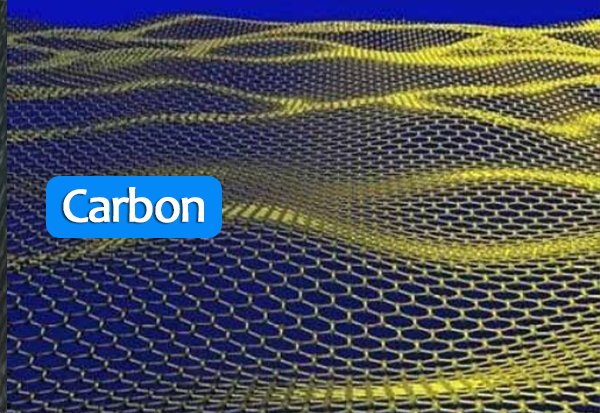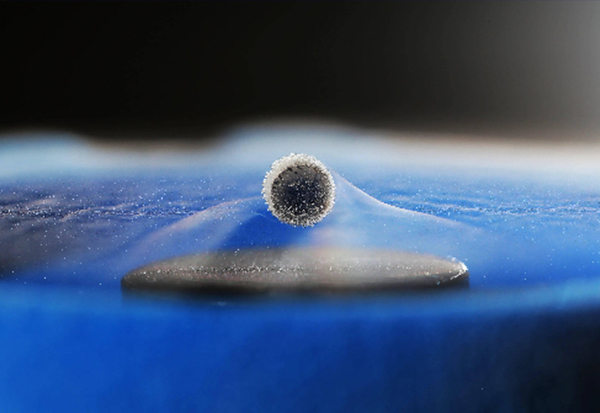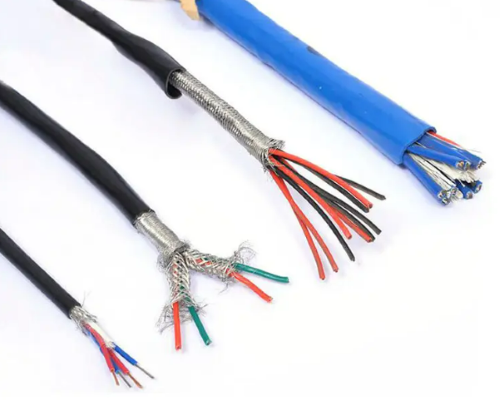Main Applications of W-Cu Composites
Since tungsten (W) has a good electron emission function, a class of composites such as tungsten alloy and W-Cu Composites is good electrode materials, which have been widely used in EDM, electric locomotive guide block, ultra-high voltage switch, and welding in the electric power industry.

Main Applications of W-Cu Composites
For example, the tungsten-rhenium alloy has replaced platinum as a temperature thermocouple on many occasions, and the high-performance tungsten-rhenium wire is also used as the electron material for display tubes launching into thousands of households. Moreover, chromium, vanadium, and other materials have been widely used in electron microscopy and coated the glass.
In this article, let's take a closer look at the main applications of W-Cu composites.
Tungsten has high hardness and the highest melting point among all metals, copper (Cu) has excellent electrical and thermal conductivity, while the W-Cu composite has good electrical and thermal conductivity, low thermal expansion coefficient, and high resistance to arc corrosion, so they have been widely used as electric contacts, EDM, resistance welding and plasma electrode materials for a long time. With the development of microelectronic information technology, W-Cu composite material has been widely used in large-scale integrated circuits and high-power microwave devices.
-
W-Cu Composite Material Used for Electrical Contact
Due to the melting point of W (3390 ~ 3430 ℃) is much higher than the boiling point of Cu (2350 ~ 2600 ℃), the Cu in tungsten-copper can cool down and maintain the integrity of the tungsten skeleton through "sweat" heat dissipation under the action of high-temperature arc when used as an electric contact, thus ensuring a good breaking function of the electric contact.
The W-Cu composite material has excellent resistance to arc corrosion, fusion welding, and voltage resistance, making it especially suitable for use as high voltage and UHV open and close contacts, such as in vacuum switch appliances and new high voltage appliances with SF6 as arc extinguishing medium.
-
W-Cu Composite for Electronic Packaging and Heat Sink
With the rapid development of IC chip technology, the requirement of IC packaging materials is more and more demanding. In addition to the requirement that electronic packaging materials have thermal conductivity (TC) of up to 170 ~ 190 W/(m•K) and low and specially set coefficient of thermal expansion (CTE), they also need to be easy to process and shape with low cost. The W-Cu composite material is easy to adjust the thermophysical parameters and greatly improves its application range in microelectronic devices. Therefore, it is regarded as a good heat sink material in high-power devices.
The suitable thermal expansion coefficient can be well-matched with semiconductor materials such as silicon chips, gallium arsenide, and ceramic materials in microelectronic devices, thus avoiding thermal fatigue damage caused by thermal stress. Besides that, the W-Cu composite material can also be formed in the final size, and the device can be miniaturized.
-
W-Cu Composite Material for Electrode Machining
The development of various advanced electro-machining technologies has also become another important application field of W-Cu composites with high heat resistance, high electrical conductivity, thermal conductivity, and arc ablation resistance.
Cu and Cu alloy are widely used as machining electrodes during the long period of EDM. Although Cu and copper alloy are cheap and convenient to use, the electrode material consumption is too large and the machining accuracy is poor due to the fact that Cu and copper alloy electrodes are not resistant to EDM erosion. Therefore, it cannot meet the needs of special machining on many occasions.
Conclusion
Thank you for reading our article and we hope it can help you to have a better understanding of the main applications of W-Cu composites. If you want to learn more about W-Cu composites, we would like to advise you to visit Stanford Advanced Materials (SAM) for more information.
Stanford Advanced Materials (SAM) is a worldwide supplier of tungsten products and has over two decades of experience in the manufacture and sale of W-Cu, providing high-quality W-Cu to meet our customers' R&D and production needs. As such, we are confident that SAM will be your favorite W-Cu supplier and business partner.




